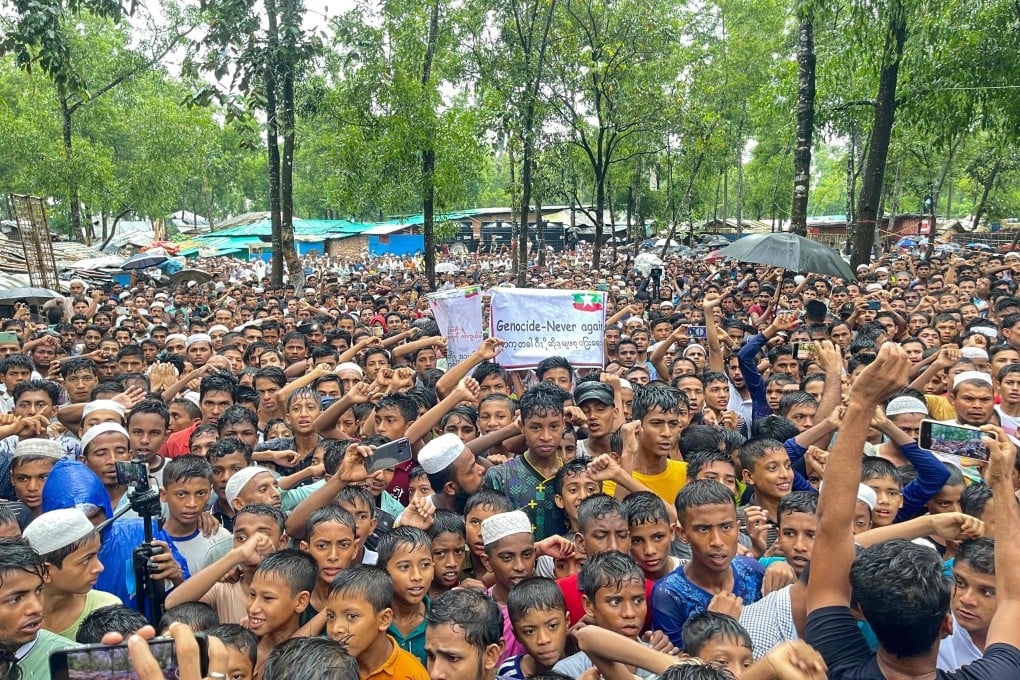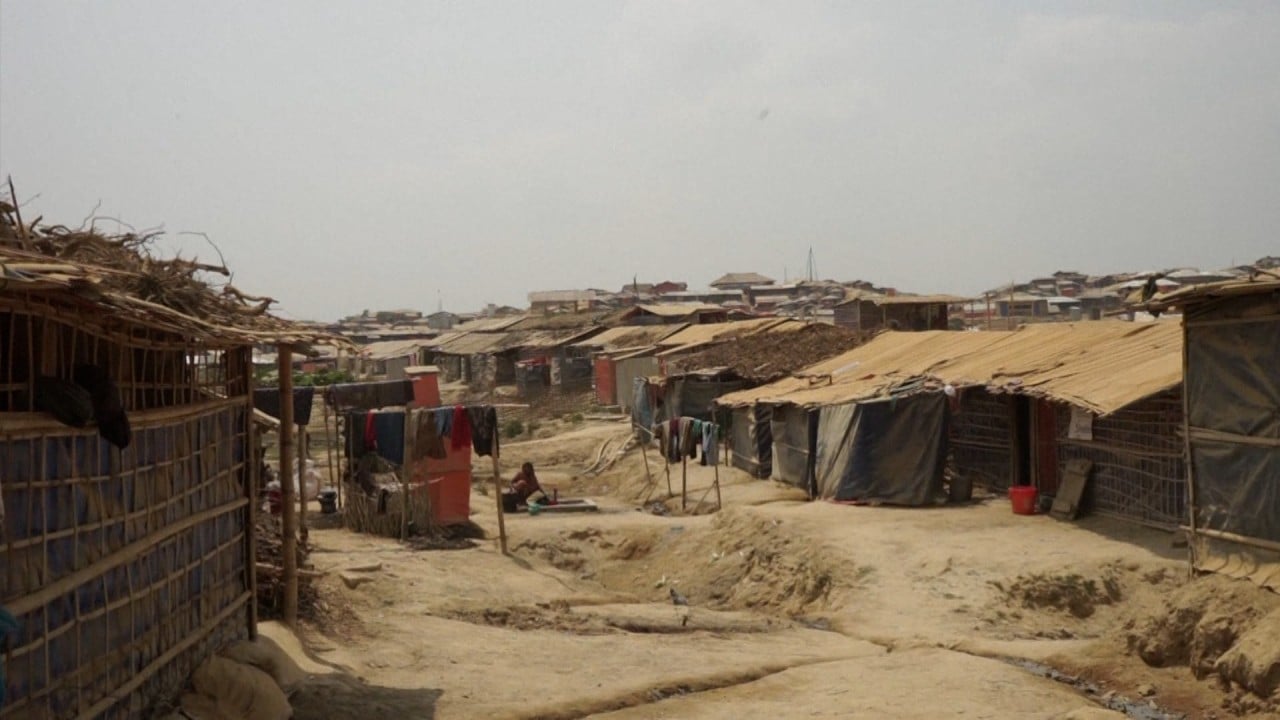Rohingya problems deepen as violence surges in Bangladesh refugee camps
- Escalating violence in the camps and increasing repression by Bangladeshi authorities have left Rohingya refugees devoid of protection or justice
- Many Rohingya have also fallen prey to armed gangs involved in smuggling drugs, human trafficking and abductions for ransom

“We cannot escape this situation. And nobody is protecting us from these dangers,” she added, requesting to go only by her first name for fear of reprisals.
The massive camps in Bangladesh, which house almost a million Rohingyas, have seen escalating gang violence, resulting in the deaths of at least 55 people as of August.
But protections are hard to come by, according to activists, who say camp authorities like the Armed Police Battalion (APBn) are also culpable in enforcing severe movement restrictions and undermining the rights of the refugees.
Most Rohingya have been denied citizenship in Myanmar and are persecuted as illegal immigrants from South Asia.
Bangladesh took them in, in huge numbers, but they are now seen as a burden – unable to live and work freely outside their temporary homes in the camps, where they live in squalid conditions, worsened by supercharged climate events such as typhoons.

